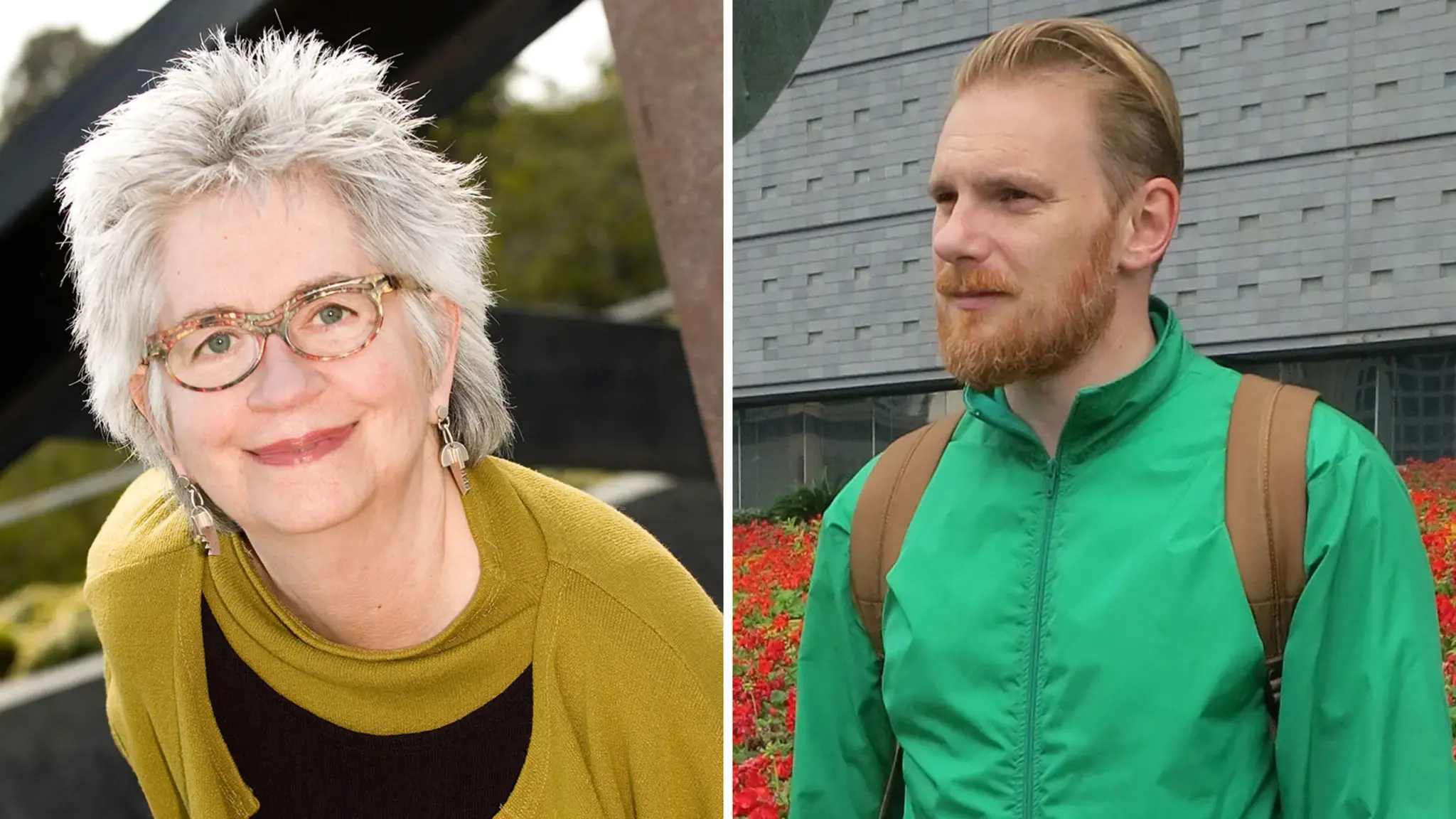

What gets in the way of creativity in cultural practice? The Center’s No Idea Is Too Ridiculous project is aimed at helping participants identify both real and imagined constraints to doing imaginative work in their organizations (or in their own practice). The workshop and small grant opportunity are designed to provide an environment in which participants’ risk-taking is encouraged and supported, allowing them to “practice” new ways of working.
We asked this year’s project facilitators, Kathleen McLean and Mark Beasley, to reflect on where they see constraints to doing creative work. McLean comes to this project with years of experience working with museums, and Beasley has curated projects in both the visual and performing arts worlds. They’ve identified some common challenges that persistently confront cultural organizations, and have each provided us with five reasons people working in cultural organizations aren’t as creative as they could be, and five ways that could change.
Five Reasons People Working in Cultural Organizations Aren’t as Creative As They Could Be
Five Ways This Could Change
Five Reasons Cultural Organizations Aren’t As Creative As the Work They Present
In the best of all possible worlds, the cultural organization (“Organization”) is a dynamic and genuinely risk-taking, and unwavering, entity that doesn’t bow to passing trends.
In the best of all possible worlds, the practitioner of work (either artist or independent cultural producer, hereafter “Practitioner”) sets his or her own course.
In the best of all possible worlds, both Organization and Practitioner are supported to the extent that they can survive with such ideals intact.
As we find it…
Five Ways This Could Change